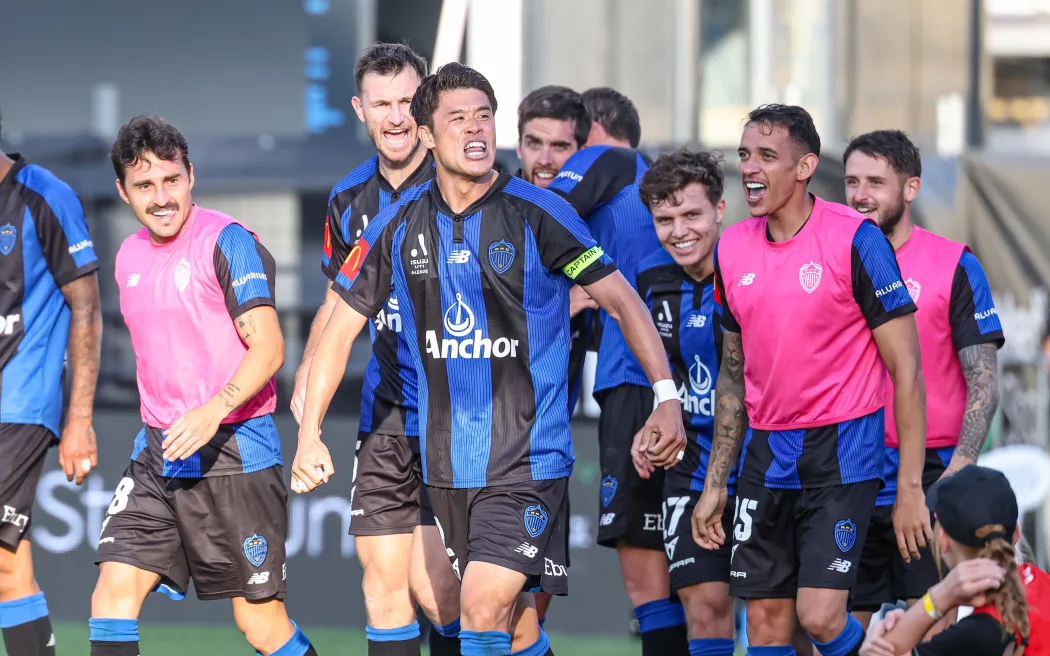A-League
A-League Faces Turbulence Over Salary Cap Reform

SYDNEY — The A-League is bracing for significant structural change, with proposed salary cap reforms igniting tensions between league executives and the players’ union. The Australian Professional Leagues (APL) is seeking to implement a new hard cap system aimed at fostering competitive balance across the competition. But the move has met fierce resistance from Professional Footballers Australia (PFA), who argue the changes threaten both player welfare and the league’s broader appeal.
From the 2025/26 season, a strict A$3.5 million salary cap will be trialed before settling at A$3 million the following year, with only one marquee player allowed outside the cap. APL executive chair Stephen Conroy believes this adjustment will “build long-term foundations for growth” and unlock greater revenue potential across clubs.
Yet the PFA, now led by CEO Beau Busch, disagrees. “These changes would limit the ability of leading clubs to attract and retain top talent,” Busch said. “They would weaken the product during a critical broadcast renegotiation and at a time when the league is desperate to win back fans.”
Currently, the A-League employs a complex system of salary cap exemptions, allowing wealthier clubs to spend far beyond the base cap via marquee, guest, and homegrown player classifications. Clubs like Auckland FC, the league’s newest addition, have benefited from expansion allowances, enabling them to lure top talent like Alex Paulsen away from Wellington Phoenix.
“We’ve used our resources strategically,” said Auckland FC director of football Terry McFlynn. “But long-term success takes more than money.”
McFlynn, a veteran of the A-League since its inception, supports the concept of a cap but acknowledges its pitfalls. “Clubs tied to global ownership groups like Auckland and Melbourne City inherently have access to more resources. That can distort balance even within a capped environment.”
This season, clubs were handed just A$530,000 in APL funding—down significantly from previous years—while the minimum spend on player salaries exceeded A$2 million. The discrepancy has forced club owners to shoulder much of the financial burden.
While the current structure permits up to six exemption categories—marquee, designated, guest, homegrown, loyalty, and scholarship—the APL intends to remove these classifications. That would eliminate key avenues clubs use to secure marquee players without cap implications.
Wellington Phoenix coach Giancarlo Italiano, whose side operates on a tight budget, sees value in the current parity. “The Mariners won the title last year with youth, good coaching, and a modest spend. It proves how close this league can be.”
Still, clubs like Auckland FC reportedly spent nearly double what the Phoenix did on their squads, exploiting cap concessions for new entrants. According to PFA figures, league-wide player payments hit A$57.8 million last season, with APL now estimating around A$3 million per club this year.
The changes arrive ahead of the next Collective Bargaining Agreement, due for renewal in 2026. The PFA has accused the APL of acting unilaterally. “This isn’t negotiation. It’s posturing,” said Busch. “Conditions must be the product of good-faith bargaining.”
McFlynn agrees the next broadcast deal will be pivotal. “A stronger broadcast deal could elevate cap limits and benefit players and clubs alike.”
Auckland FC Squad Stability Key for 2025/26
As league leaders, Auckland FC has built a formidable roster. Most of their players are contracted through next season, though All Whites goalkeeper Paulsen will return to Bournemouth. Colombian midfielder Neyder Moreno and New Zealander Luis Toomey are the only other unconfirmed names.
Auckland FC 2025/26 Squad: Michael Woud, Joseph Knowles, Hiroki Sakai, Scott Galloway, Nando Pijnaker, Tommy Smith, Francis de Vries, Callan Elliot, Dan Hall, Louis Verstraete, Cameron Howieson, Adama Coulibaly, Finn McKenlay, Oliver Middleton, Jake Brimmer, Felipe Gallegos, Max Mata, Guillermo May, Marlee Francois, Liam Gillion, Jesse Randall, Logan Rogerson, Jonty Bidois.
Meanwhile, Wellington Phoenix faces greater uncertainty, with several contracts unresolved. Veterans like Kosta Barbarouses and Marco Rojas have departed, while others await clarity amid the salary cap upheaval.
Wellington Phoenix Squad: Josh Oluwayemi, Fin Roa Conchie, Tim Payne, Paulo Retre, Hideki Ishige, Alex Rufer, Isaac Hughes, Gabriel Sloane-Rodrigues, Lukas Kelly-Heald, Luke Supyk, Kazuki Nagasawa, Matt Sheridan, Luke Brooke-Smith, Alby Kelly-Heald, Xuan Loke, Jayden Smith, Nathan Walker.
As the league navigates this complex transition, all eyes are now on the coming months of negotiation—and the next broadcast deal, which could ultimately define the future landscape of the A-League.